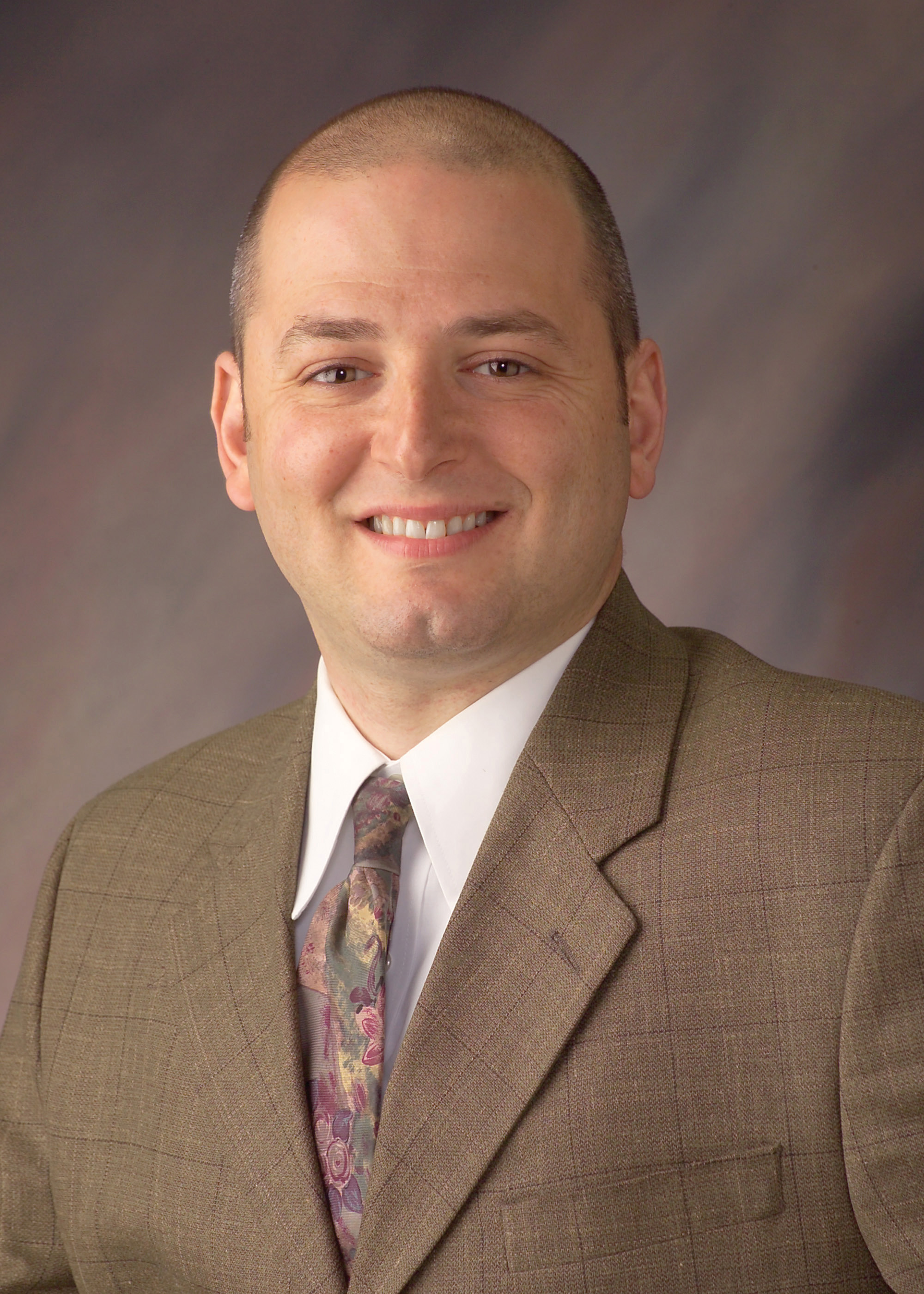A top tobacco use expert at the University of Pittsburgh School of Medicine applauds a recent advisory issued by the California Department of Public Health to address the growing use of electronic cigarettes.
But, he says, addressing the public health concerns with vaping may not be as simple as issuing warnings.
Brian Primack, M.D., Ph.D., director of Pitt’s Center for Research on dia, Technology, and Health, notes that e-cigarettes are promoted as a tool to help smokers kick the habit, which is a good thing. However, their alternative uses are, unfortunately, creating potential health problems.
“We need to be alert in addressing unintended consequences,” said Dr. Primack. “For example, e-cigarettes may provide stepping stones for young people who aren’t smokers to transition to cigarette smoking.”
Everette James, J.D., M.B.A., director of Pitt’s Health Policy Institute, noted that e-cigarettes are one of the fastest developing public health issues.
“We must ensure that scientific research in this area is presented in a way that policy makers and health agencies can make informed decisions in the best interest of the public’s health,” said Mr. James.
E-cigarettes are flavored and less physically harsh to inhale than traditional cigarettes. This can get new users hooked on nicotine, while also delivering potentially harmful toxins. And, unlike nicotine patches or gum, e-cigarettes look like cigarettes and deliver nicotine in a similar form – inhaling through the mouth – which habituates new users to the practice of smoking.
In addition, they may not be working as well as traditional cessation tools.
“I do have some patients who find benefit from using e-cigarettes to stop smoking,” Dr. Primack said. “However, I also have smoking patients who initially intended to stop smoking but ended up simply using e-cigarettes in public places where they were not allowed to smoke and then continued smoking cigarettes at home. These dual users no longer have as much incentive to quit because they can smoke e-cigarettes in public. The result is that they remain continually exposed to nicotine, prolonging or curtailing their efforts to stop smoking.”
Dr. Primack and his team are involved in studies to help guide public policy decisions about the use and misuse of e-cigarettes.
“Policy change moves slowly,” said Dr. Primack. “So I applaud the California Department of Public Health for bringing this issue to the attention of the public. Now we need to rapidly collect and analyze data which will help inform policy making.”









